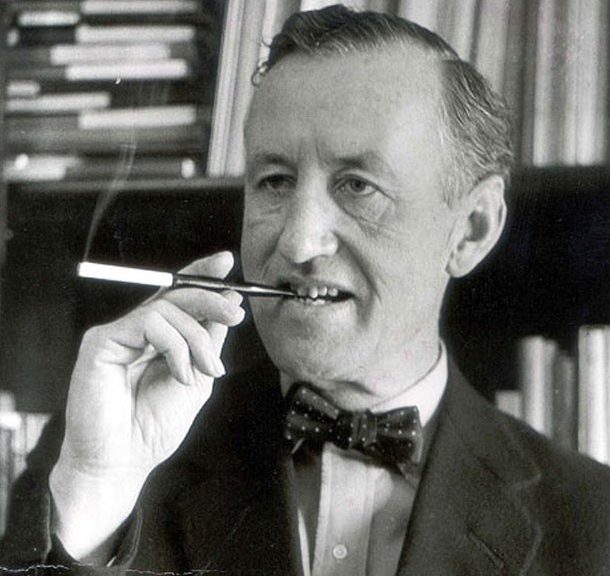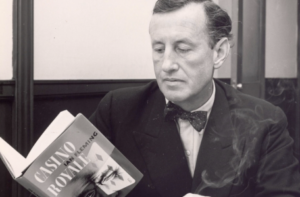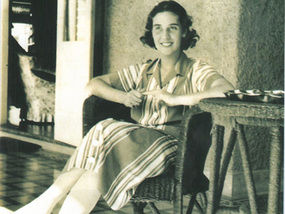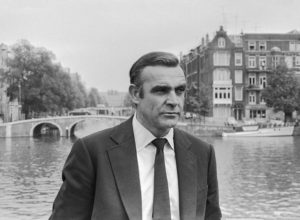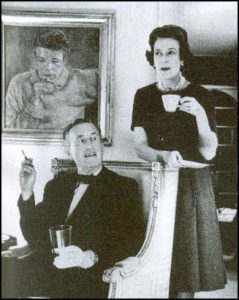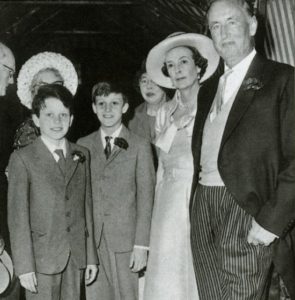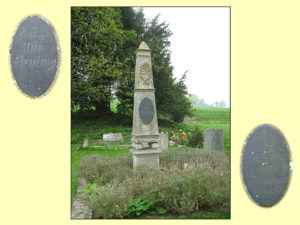Ian Fleming, who proved that a great deal of fiction is factual.
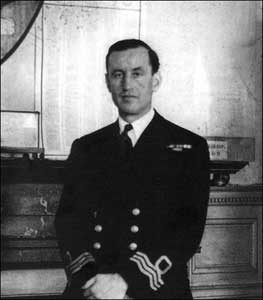
Ian Fleming was born on May 28, 1908, the second son of Valentine and Evelyn Fleming. Both parents came from upper crust British backgrounds, Evelyn, known as Eve, was the descendant of a solicitor paternal grandfather and a maternal grandfather who was the personal physician to Queen Victoria, both of whom would be knighted for their efforts. Valentine, known as Val, was the son of the wildly successful Robert Fleming, a pioneering British financier who originated the investment bank Robert Fleming and Company.
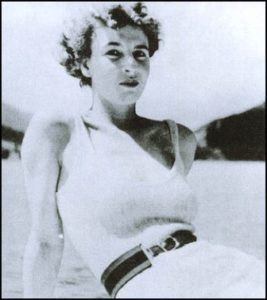
Although it would not become meaningful for many years, Ian Fleming initiated a relationship in August of 1935 that would have a profound effect on his future literary life. In Kitzbuhel, on a summer holiday, he met twenty-six year old Muriel Wright. Although she came from the type of elite British background that didn’t require that she work for a living, she was a professional model, especially of ski apparel and bathing suits with a figure to back it up. She and Fleming hit it off immediately and they spent a great deal of time together. Unfortunately, Muriel adored Ian Fleming, a situation that he took full advantage of, enjoying her company but not having the slightest intention of moving the relationship forward in any meaningful way.
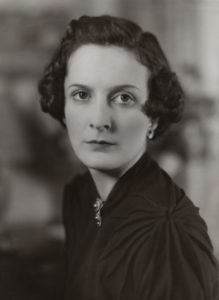
If Muriel was totally smitten and more than a little naive, Ann Charteris, another girlfriend, was more calculating and fully expected Fleming to propose when her husband was killed in the war. He didn’t so she instead married Esmond Harmsworth, the Viscount of Rothermere. But, even after her marriage, Ann continued to see Ian on the side, a typically twisted Fleming emotional relationship. When she miscarried with her first child, it was rumored to actually be Fleming’s and not her husband’s.
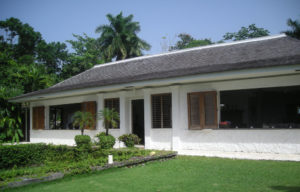
By the end of the war, Fleming was interested in attempting to emulate his brother Peter Fleming, an accomplished travel writer and journalist for The Times. But Fleming was not ready to forego a steady salary for the potentially financially unrewarding life of a writer so instead he took a job with the Kemsley Newspaper chain as a mid level manager. Because his position allowed up to three months of annual vacation, Fleming spent all of his time off in Jamaica, which he first visited during the war. He also began building a home near the northern coastline on Oracabessa Bay. He would name this property Goldeneye and it would quickly become a destination for various British writers and celebrities who also spent time at the nearby Firefly, a home owned by Noel Coward. Goldeneye overlooked a beach and a coral reef teeming with exotic fish and crustaceans and would play an important role in both Fleming’s romantic and professional life.
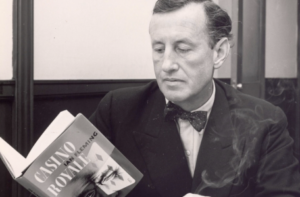
Sometime in early 1952, Fleming began a process that he would continue while in Jamaica for the rest of his life. After an early morning swim in the reef off of Goldeneye and breakfast in the garden with his wife, he would sit at a roll top desk in his living room and write continuously until noon. After a nap and an afternoon outside, Fleming would return to whatever he had written earlier in the day and correct it. The finished pages would then be deposited in his desk. Although the exact date that Fleming began writing his first manuscript is still up for debate, it was finished in as little as four weeks on the eighteenth of March, 1952. The novel was 62,000 words. It was entitled Casino Royale.
Podcast: Play in new window | Download
Subscribe: RSS

